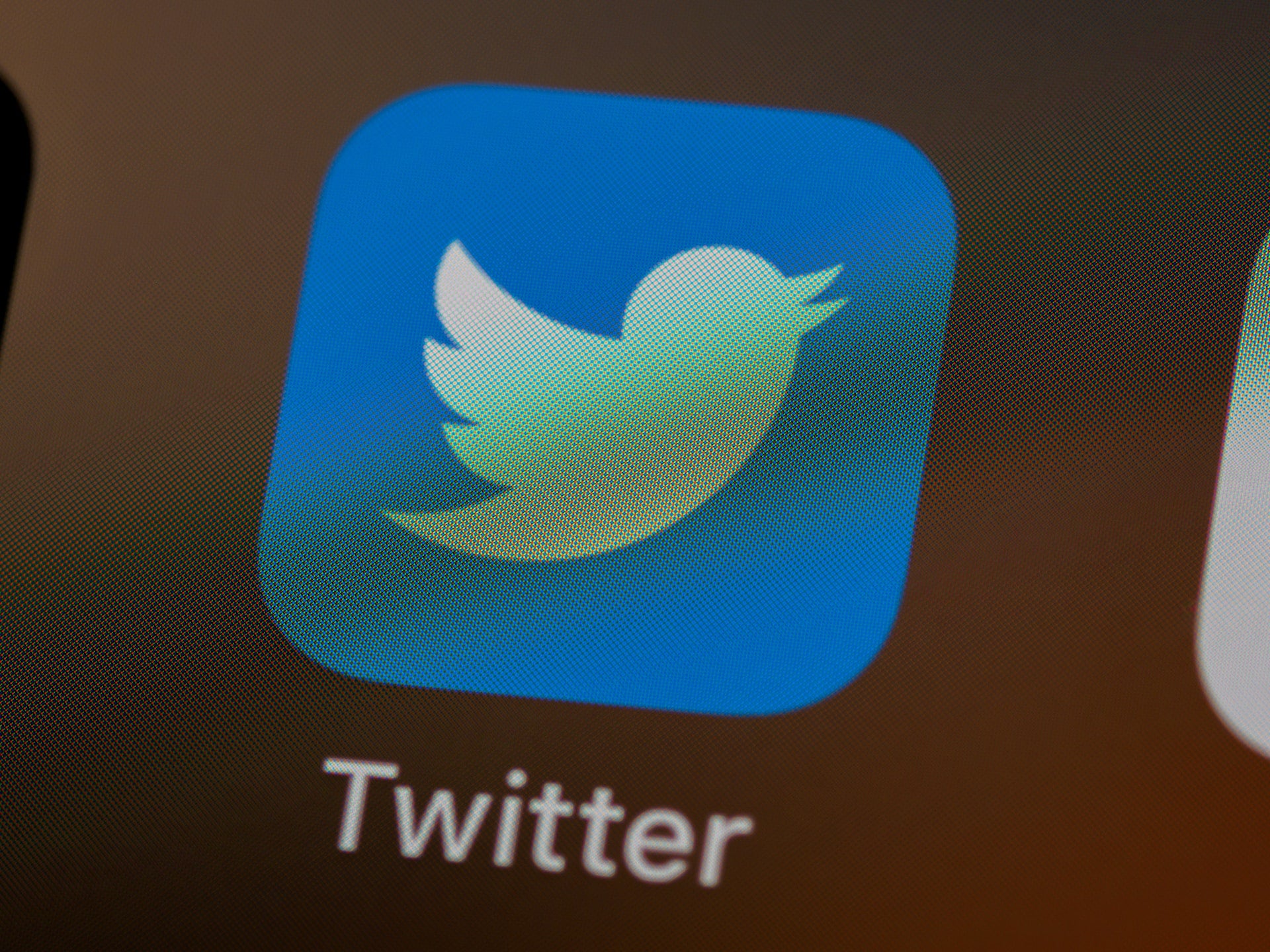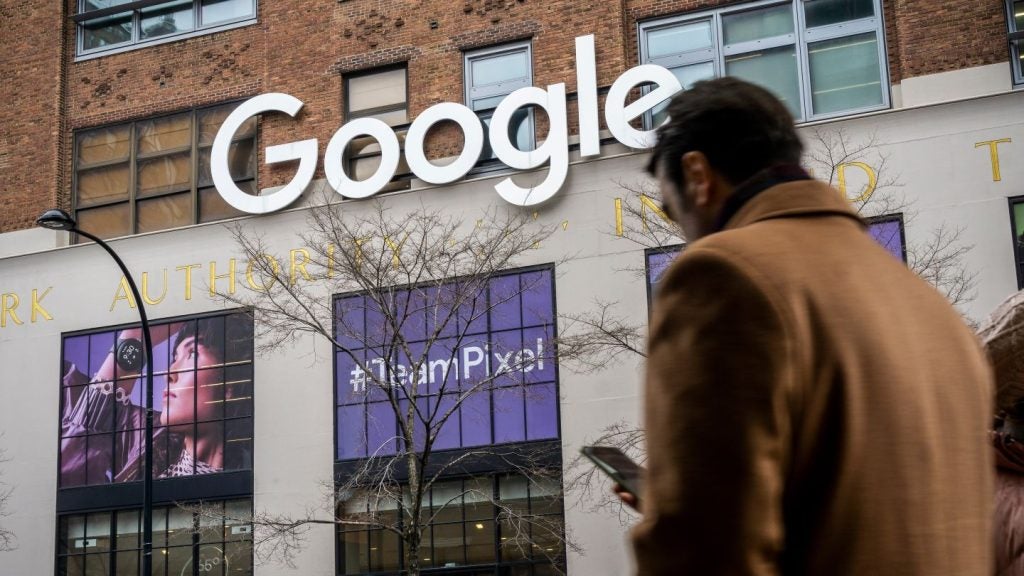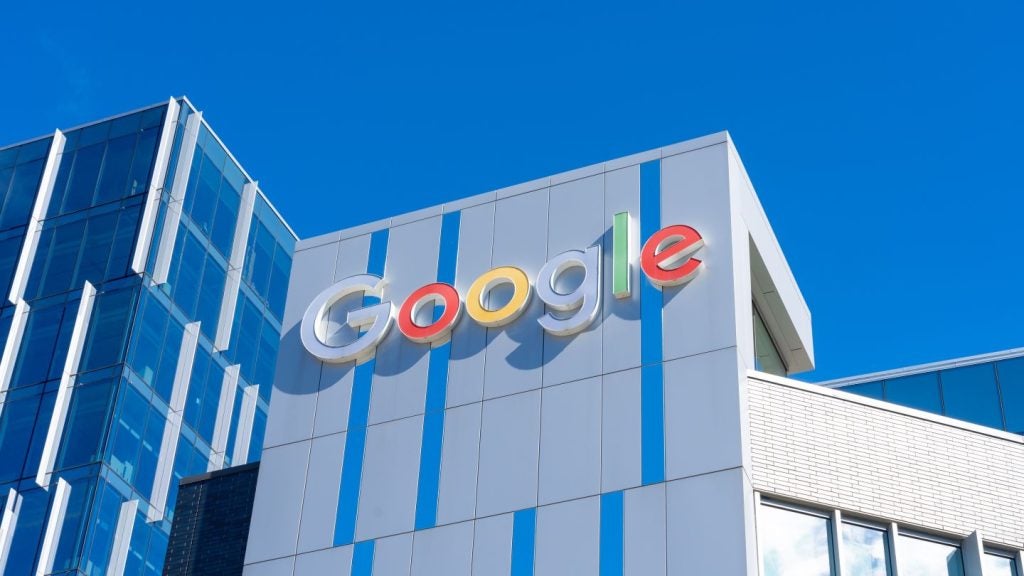
Elon Musk announced yesterday (July 23) that Twitter would replace its current logo of a blue bird to a white X on a black background.
The announcement, via Tweet, comes amongst speculation that Musk wants to develop Twitter into a superapp to rival the Chinese WeChat.
WeChat not only allows its estimated 1.29 billion users to message and post, but also enables them to pay for services through a finance system.
Linda Yaccarino, Twitter’s new CEO appointed June 5th, seemed to confirm these plans after tweeting that X will be the “future state of unlimited interactivity- centred in audio, video, messaging, payments/banking- to create a global marketplace for ideas.”
But even Yaccarino acknowledged that it is “exceptionally rare” to make a second big first impression in either life or business.
Is a second first impression possible for Twitter?
Twitter’s rebrand into X comes just after a wave of criticism towards Musk for both limiting the number of tweets users can read in a day and making it harder for non-Twitter users to read tweets.
As of today (July 24) Twitter’s website states that its blue bird logo is the “most recognisable asset” of their business, explaining a historical protectiveness of the bird.
Facing user criticism, growing competition from Meta’s Threads, and a cashflow that remains negative Twitter’s new logo may seem optimistic.
For some, this rebrand and aspiration to become a digital “global town square” appears reminiscent of Facebook’s rebranding into Meta back in 2021.
At a 2021 Connect conference, Mark Zuckerberg announced the rebranding of Facebook to Meta to redirect its focus to “bring the metaverse to life”.
The event explored how Zuckerberg’s metaverse could revolutionise all aspects of online socialisation, from “social connection, to entertainment, gaming, fitness, work, education and commerce”.
Now, amid a metaverse winter, Meta’s rebranding remains without a fully formed metaverse alongside it years later.
This cautionary tale of Meta could be why Linda Yaccarino is also quoted in the Financial Times as saying that Twitter also plans to “wield AI” into the app.
Citing that the app will be powered by AI, Yaccarino declared that Twitter data may be used to train the AI being developed by Musk’s new xAI company.
Yaccarino’s linking of Twitter to AI is not without purpose, as generative AI is seeing a funding boom with seed rounds for companies breaking records. With GlobalData estimating the global AI market to amass a total worth of $383.3bn by 2030, mention of any incorporation of AI into the Twitter app will receive media attention and hype.
Why a ‘superapp’ may not be possible
This rebranding is also an effort to push Twitter beyond a social media and into superapp territory, creating an app that users trust to handle their financial details.
A superapp that users use throughout the day for all kinds of services would also prove extremely lucrative to advertisers providing them with a plethora of user-data. An unmissable opportunity for Twitter after losing over half its advertising revenue since Musk’s takeover.
However, as the Wall Street Journal reports, a western equivalent of a superapp may not be possible due to “tight data governance and antitrust regulations” in America and Europe.







